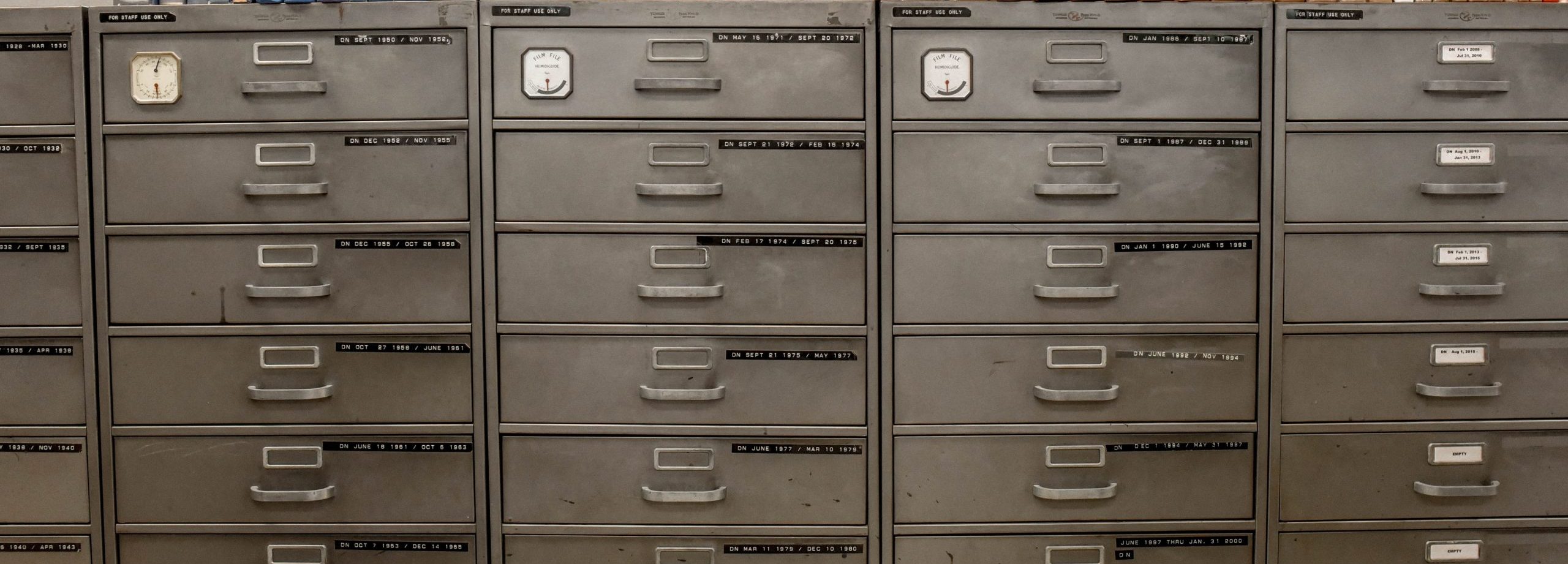An interview with Nicholas Speece, Chief Federal Technologist, Snowflake
Governments at all levels store and consume enormous amounts of data, and they use the information to affect the way we live, the things we do and enjoy, and the challenges we face.
“Nobody generates more data than our government,” said Nicholas Speece with Snowflake, a firm that allows agencies to store and access data in the cloud and provides cutting-edge services and applications. “Everything we do as citizens to interact with government, everything about agencies interacting with each other, and us interacting with the world in which we live, it all generates data.
“And that’s a massive, massive problem — to [sort] through that data and figure out what you can and cannot do with it,” he said.
In the past, securing the IT necessary for managing government information meant purchasing tangible items, such as servers. But Speece said innovations today often rely on Software as a Service (SaaS) tools that operate through a cloud provider or other third party. That’s a very different paradigm, and legacy procurement models aren’t designed for that kind of agility, he said.
Overcoming purchasing hurdles is one objective, but Speece said there are other ways agencies can innovate for the long term.
Get Everyone Involved
Organizations absolutely must “bring everybody along for the technical ride,” he said. That means educating everyone from interns to C-level executives because if you target only one group, you will isolate that segment and ultimately doom the initiative.
“The group will be in a different place from everybody else, and they won’t be integrated anymore,” Speece said. “People work the way their data is arranged. If you create data silos, you’ll create organizational silos.”
Follow the 80/20 Rule
With so many available IT innovations — and budget constraints — following the 80/20 rule is a good way to manage costs and expectations, Speece said. In other words, 20% of your budget should produce 80% of the outcomes you want.
Commercial products are usually fine, but to realize the remaining 20% of outcomes you aim for — which probably are very mission-specific — you likely will need more tailored solutions, he said.
Think About the End Goal
Don’t innovate just to innovate. “This is a big movement, not a light switch we can flip. You can’t just write an IT modernization contract and call it a day,” Speece said. Agencies must know where they’re going and have the right people in the room to plan and drive toward that outcome.
Innovation should be continuous, not a transient fix for an immediate problem, and change might come in stages.
“You don’t have to throw everything away. Keep what works. Modernize where you have limitations. Have a goal in mind. And just start somewhere. Just take the first step. It could be surprisingly easy to [do that],” Speece said.
This article first appeared in our guide “Innovations 2022: Conversations That Matter.” To read more about how government leaders are embracing the future, download here.






Leave a Reply
You must be logged in to post a comment.